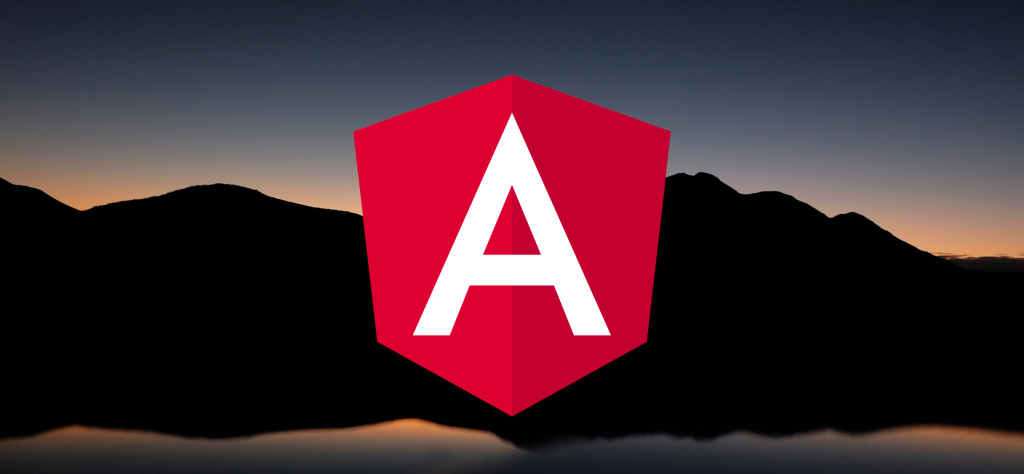Angular Material Dialog
By Dillon Smart · · · 0 Comments

Angular is an awesome framework, yet it does have a steep learning curve for many developers. This post is aimed at those with experience using Angular 2/4/5 who want to use the Angular Material Dialog.
This post will assume you have already installed the @angular/material library. If you have I would refer you to take a look at the following: https://material.angular.io/guide/getting-started.
Below you can find the example code used to create the Angular Material Dialog. All the code below will be the same file.
Angular Material Dialog
import {Component, Inject, Input} from '@angular/core';
import {MAT_DIALOG_DATA, MatDialog, MatDialogConfig, MatDialogRef} from "@angular/material";
@Component({
moduleId: module.id,
selector: 'base-component',
template: `
<h1>This is the base template</h1>
<button (click)="openDialog()">Click Me!</button>
`,
})
export class BaseComponent {
openDialog(): void {
let dialogRef = this.dialog.open(FavoriteAnimalComponent, <MatDialogConfig>{
width: '450px',
height: '500px'
});
dialogRef.afterClosed().subscribe(result => {
alert('You said your favorite animal is: ' + result);
});
}
}
/**
* The Dialog Component
*/
@Component({
moduleId: module.id,
selector: 'favorite-animal',
template: `
<h1>Whats your favorite animal?</h1>
<input type="text" [(ngModel)]="animal">
<button [mat-dialog-close]="animal" cdkFocusInitial>Choose</button>
`;
})
export class FavoriteAnimalComponent {
public animal: string;
}
Whats next
After you have created your components, you will need to add the FavoriteAnimalComponent to your modules entryComponents array, as this should solve any ZoneAware errors that may occur.
0 Comment